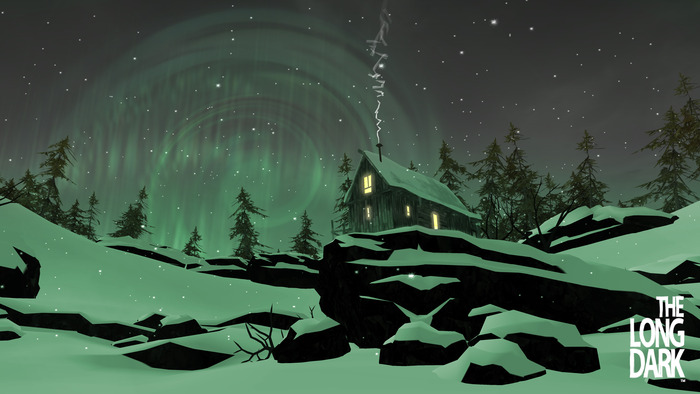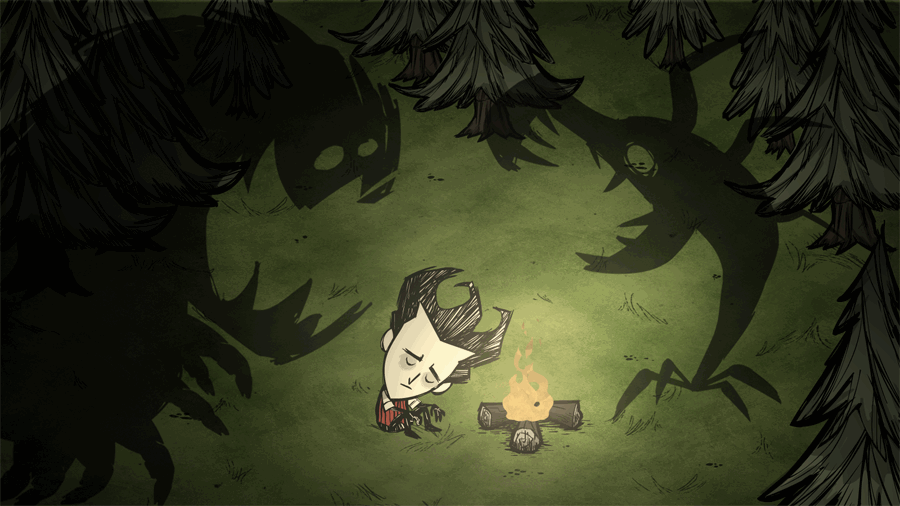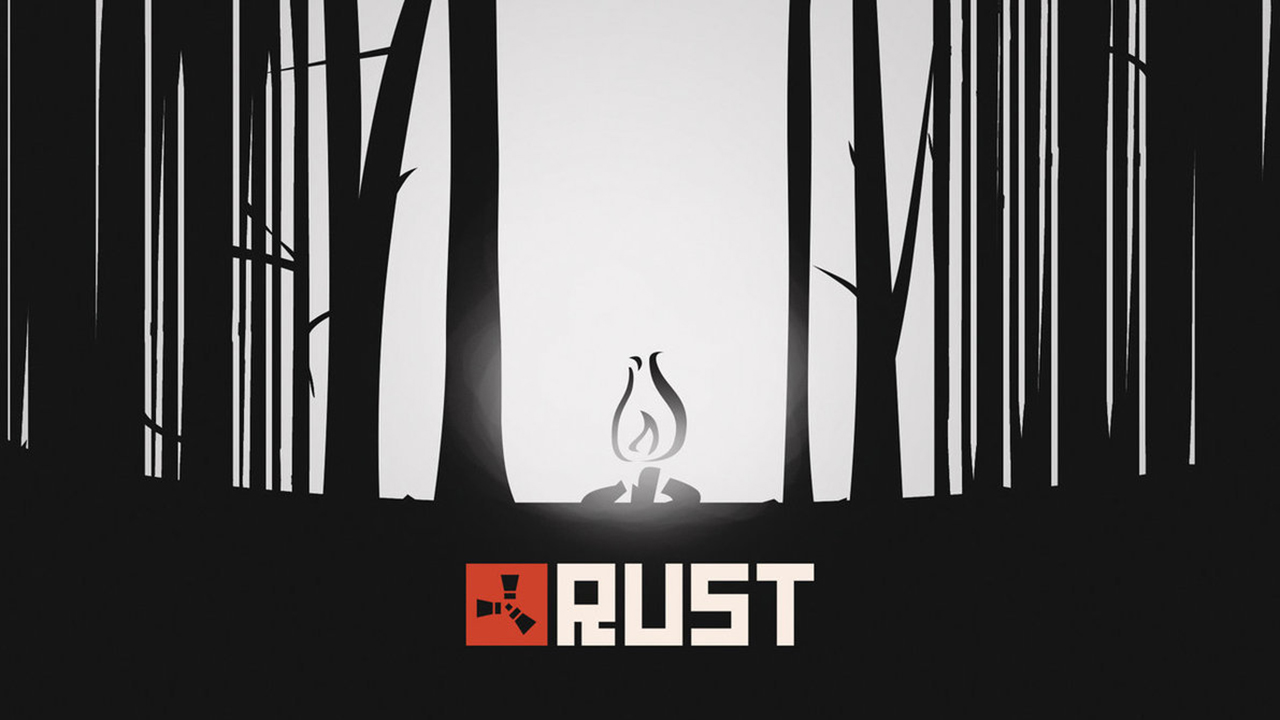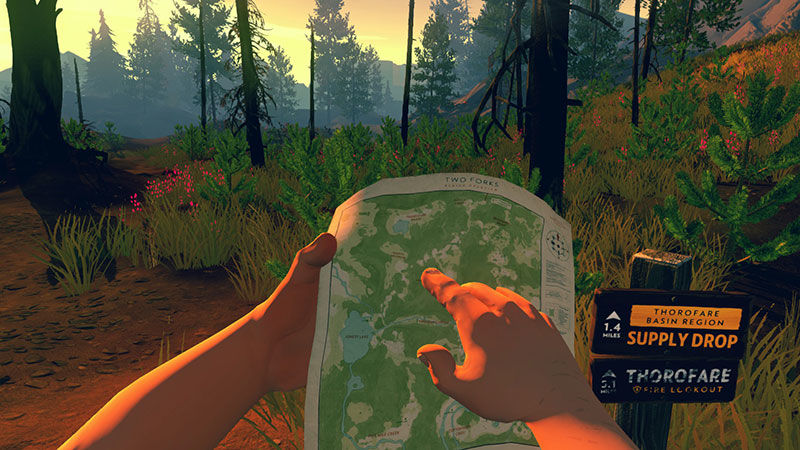My chapped lips crack and split as my mouth contorts in a grimace. My fingers, deadened and numb from the endless cold, fumble with a flint striker and only a few meager sparks cascade onto my kindling. They do not take. The wind slices through my coat, and I duck my head lower, trying to keep my face out of the driving snow.
My violent shivering makes it hard, but finally, after what felt like hours, my kindling begins to smolder. I’ll soon have a fire, and fire is drinkable water. Fire is safe-to-eat food. Fire is protection. Fire is warmth. Fire is life.
Just as I begin to warm my hands, a twig snaps behind me and I hear a low growl…
Survival games have long been a favorite of mine. Their mechanics are difficult; they’re hard to master with punishing gameplay. You’re given little in the way of tutorial or direction and often, you learn by trial-and-error. You begin building, scavenging, fighting, and inevitably, dying.
It is the game of humanity — of life.
Survival games are also a favorite of indie developers, it seems. Some of the biggest titles in the genre, such as Minecraft, Day Z, and H1Z1 were all made by non-AAA studios. In fact, the vast majority of survival games seem to come from independent developers.
Why is that?
Smaller, More Personal Scale
Well for one, most survival games have very few gigantic set-pieces. Don’t expect any Hollywood-style action scenes full of explosions like Call of Duty. These games very much tend to stay small in scale, with a focus on day-to-day survival. You gather food, water, and building supplies, and with those you craft weapons and shelters. You won’t he hopping from country to country, spreading freedom bullet by bullet.
This means much of the budget can be saved not for a few gigantic explosions, but instead for building the entirety of the game as one long, slow burn. Developers don’t need to make as many assets when they’re putting you into one set map, one that will remain constant. Of course, these games have different environments, climates, and biomes, but that’s much easier to accomplish than making several completely different maps.
Then again, there’s the opposite route.
Procedural Generation
By using an algorithm, games like Minecraft and Don’t Starve can create an infinite number of spawns by pre-allocating variables and parameters for every spawn within the code. This means developers can focus on writing and debugging the code, then leave the generation of the map to whatever seed and random occurrences each player falls into.
This not only simplifies work, budget, and time spent, but also means no two worlds are similar. Every world generated will be unique — and it makes not only for diverse gameplay, but also a great selling point to attract potential buyers.
A game like Rust takes advantage of this as well, randomizing where known landmarks appear in the changing landscape. 7 Days to Die has a set map for its default mode, as well as a second mode that utilizes procedural generation to shake things up for well-versed veterans to keep them playing.
Aiming for Niches AAA Studios Avoid
And by nature, survival games often struggle to appeal to the masses. Action-based titles like Day Z, H1Z1, and Rust attract competitive FPS players, and Minecraft is one of the biggest games in history due to its revolutionary mechanics and family friendliness.
But more hardcore titles like The Long Dark would be nearly impossible for a AAA studio to make ROI. The gameplay is slow and methodical. The player is constantly stressed under the high difficulty. There’s little action to be found and no multiplayer support. Games like this are made deliberately to attract players that want a more realistic challenge, one that will test not twitch reflexes but resourcefulness and planning.
Thankfully, these indie developers are garnering more attention and acclaim for their work, and are coming up with new ways to help players experience survival.
Emotion Over Action
Firewatch, while divisive in its ratings, was praised by many; it won several awards and selling over a million copies. It isn’t survival so much in the physical sense, but deals greatly with the emotional and psychological damage being alone can have on the psyche as you traverse the wilderness alone.
And it’s through a small-scale experience like a survival game that Firewatch was able to have such an amazing narrative. Players weren’t liberating foreign nations or fighting off an alien invasion. Instead, players were dealing with depression and their wife’s illness. Much in the way a dramatic indie film may make less money than a big summer blockbuster, a AAA studio would be hard pressed to release such a game without taking losses.
With a focus on art, gameplay, and story rather than on amazing graphics and enormous set-pieces, indie developers have found their niche with survival games. It’s a growing genre that gets bigger and bigger each year, and with each success, it’s a win for both small developers and players everywhere.











Published: Apr 7, 2017 11:28 pm